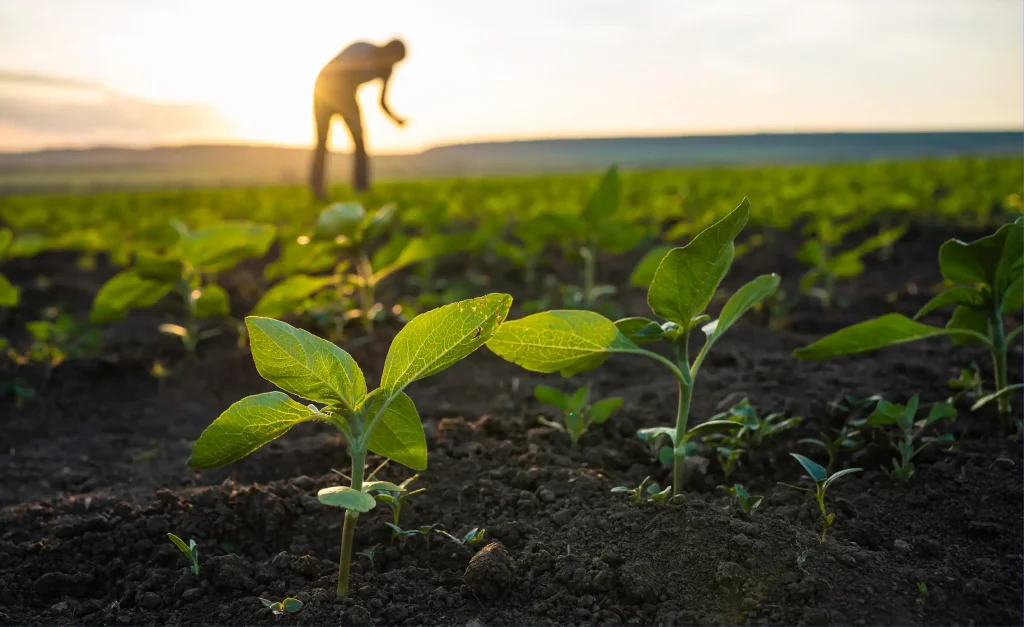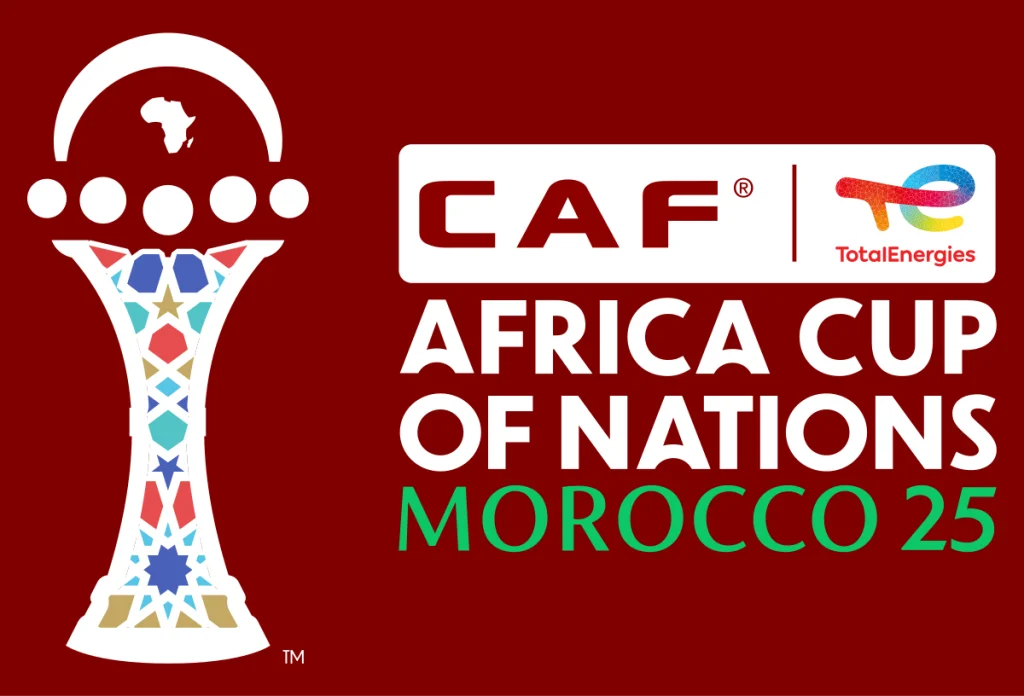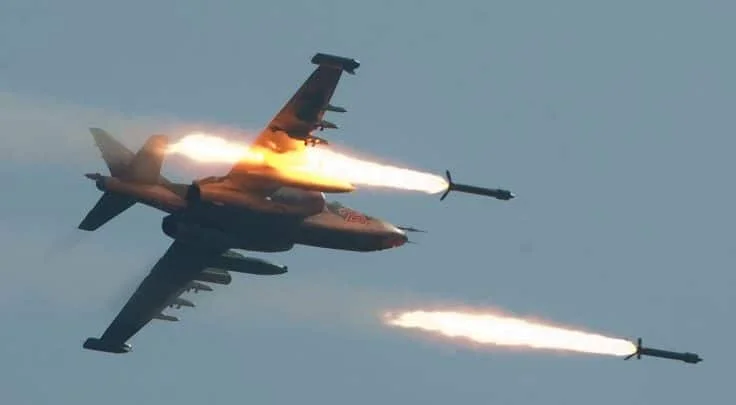The European Union, working through its space agency ESA, is preparing to launch an ambitious satellite-powered agriculture project in partnership with Nigeria’s National Space Research and Development Agency (NASRDA). Named Copernicus Innovative Agriculture, the initiative aims to aid smallholder farmers by leveraging Earth observation data—enhancing soil testing, crop planning, and optimal planting timelines. The launch is slated for late 2025, and must commence before January 1, 2026.
Bridging Space Technology and Farming
According to Hugh Briggs, EU Programme Manager for Agriculture in Nigeria and West Africa, ESA will supply technical expertise, while NASRDA will lead implementation on the ground. This collaboration builds on Nigeria’s growing use of satellite data for agriculture, including its existing Crop-Watch initiative—run in partnership with China’s Aerospace Information Research Institute since 2022.
NASRDA has already demonstrated how satellite insights help farmers better monitor crop health, understand land use, and access geospatial data for early warning systems. The Copernicus project will amplify these efforts by adding precision mapping and data-driven decision-making techniques.
Project Highlights and Objectives
-
Seven Ecological Zone Demonstration Farms
Spread across Nigeria’s diverse regions, these demo farms will serve as launchpads for precision agriculture using satellite data, testing tools and methodologies to inform extension services and policymakers. -
Rural Youth Engagement
NASRDA plans to recruit and train young agricultural extension workers in rural communities. These trainees will learn critical skills—soil testing, geographic mapping (latitude/longitude), polygon mapping, crop suitability, and planting schedules—all supported by digital tools. -
National Tech Hub at NASRDA
The project includes establishing a state-of-the-art training and innovation center within NASRDA. The hub will act as a repository for satellite data and support national capacity-building. -
Capacity-Building and Technology Transfer
ESA will support satellite analytics training for NASRDA staff, while digital tools and field devices will be distributed to communities to support local implementation.
Strategic Context: Copernicus and the Africa–EU Space Partnership
This project fits within a broader EU–Africa initiative under the Global Gateway strategy. A €45 million Africa–EU Space Partnership Programme, running from 2025 to 2028, aims to bolster space-based products—such as Copernicus—across sectors including agriculture, climate, and early warning systems.
Since 2007, Copernicus (formerly GMES) has offered free, open EO data—approximately 1.2 petabytes annually over Africa. These datasets support sustainable development, climate resilience, and food security efforts. Most recently, Nigeria and ESA formalized a Copernicus technical operating arrangement in July 2024 to set up a regional data center under NASRDA.
Precedents and Complementary Projects
Nigeria has already launched other satellite-powered agriculture initiatives:
-
Crop-Watch (July 2022): A partnership with China’s AIR-CAS and UNCTAD to monitor crop growth in real time, integrated with a mobile data-collection app (GVG).
-
NADiRA EU-backed pilots from 2017 in Senegal and Nigeria merged Earth observation, IoT, and finance tools to improve farmer access to credit, insurance, and agronomic insights.
The Copernicus initiative builds upon these foundations but advances them dramatically through increased geospatial precision, enhanced training, and technology transfer.
Advancing Nigeria’s Agricultural Capacity
By combining satellite analytics and field-level implementation, the project aims to:
-
Empower farmers to plant data-driven crops at the right time and place.
-
Spur young innovators into rural agricultural tech roles.
-
Foster a national network of trained practitioners and a centralised tech hub.
-
Equipment and satellite data dissemination to boost productivity and minimize crop risks.
This timely set-up will help smallholders optimize soil health, increase harvest yields, and equip Nigeria better to respond to food security challenges.
Future Prospects: Scaling and Innovation
-
Digital Agriculture Ecosystem: Successful demo farms across ecological zones can scale practices, tools, and training nationwide, shaping future agricultural strategies.
-
Tech Hub Sustainability: NASRDA’s new center may evolve into a national coordinator for EO agriculture, supplying training, data tools, and continuous research support.
-
Private Sector and Research Symbiosis: The initiative enhances opportunities for Nigerian agritech companies, university research, and international stakeholders to collaborate and innovate.
-
Continent-wide Models: This project aligns with Africa–EU goals to extend space solutions across Africa, supporting climate resilience, agri-monitoring, and sustainable development.
Final Takeaways
The upcoming Copernicus Innovative Agriculture project marks a significant milestone in Nigeria’s use of space technologies to promote food security. Incorporating diverse demonstration sites, youth training, and a national data hub, it transforms how smallholder farmers access and use precision agriculture insights. By aligning closely with broader Africa–EU space collaborations, NASRDA and ESA pave the way for a digitally empowered, climate-resilient agriculture sector.
If executed successfully, this collaboration could position Nigeria as a leader in EO-driven agriculture across Africa—translating satellite data into seasonal resilience, increased yields, and stronger livelihoods for rural communities. The countdown is on for operational launch before January 2026.












